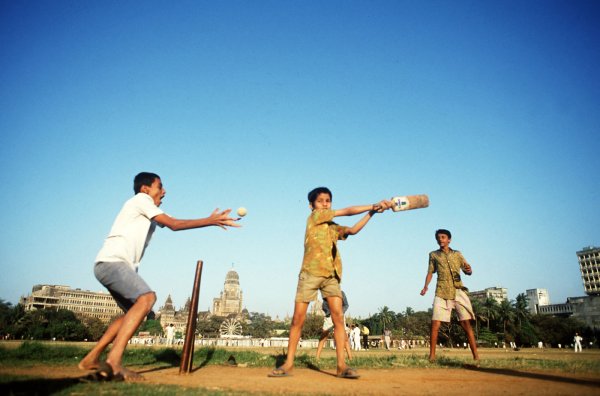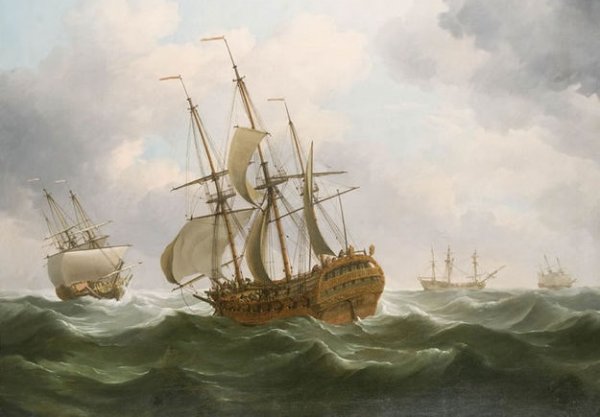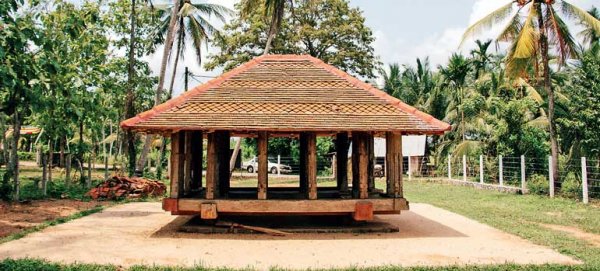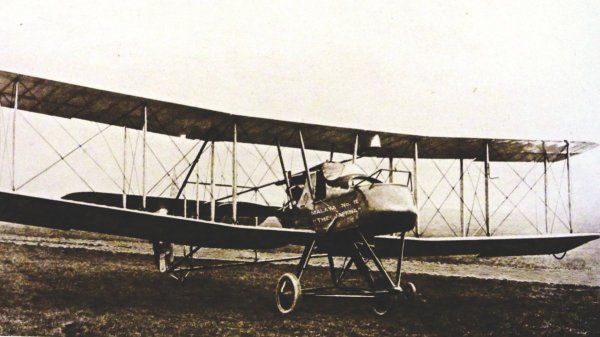
The recent discovery of human remains at the construction site of the Shangri La hotel stirred the old pot of conspiracy theories. News reports casually evoked two past lives of the construction site, as an army base in a violent epoch and as a cemetery in the British period, and left the conclusion to the public imagination. Authorities have concluded preliminary investigations and submitted a report to the Magistrate’s Court. The Fort Police told Roar that they still did not have enough information to place the discovery in the registry of crime, or colonial history, or prehistory. However, the incident did pique the curiosity of the public. For a moment, one wondered what kind of stories were buried and forgotten under one’s feet. These are some of the sensational graves that were accidentally unearthed in Sri Lanka.
The Matale Mass Grave
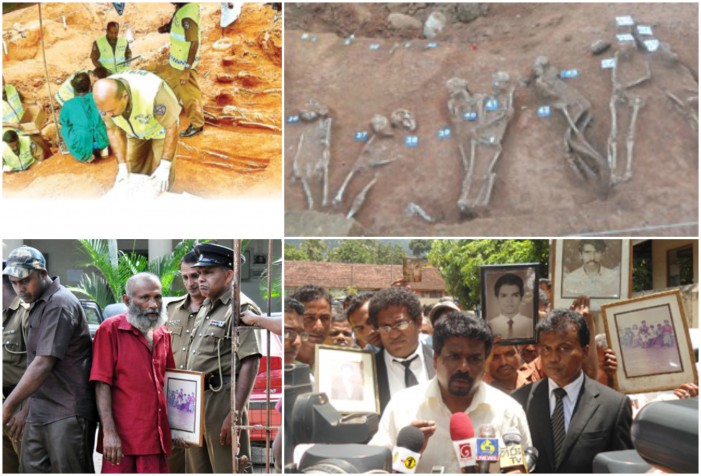
The JVP called for a criminal investigation into the mass grave of Matale. Image credits: Clockwise from left: Image 1, The Sunday Leader; Image 2, Colombo Telegraph; Images 3 & 4, jvpsrilanka.com
On November 25, 2012, workers at a construction site near the Matale District hospital encountered some human bones while trying to install a biogas unit. The Matale Magistrate’s Court ordered the remains to be exhumed, and by February 2013, there were 155 human skeletons unearthed in total. The police claimed in court that the skeletons belonged to victims of a smallpox epidemic in the 1950s. However, the site had the classic appearance of a mass grave, with all its skeletons stacked on top of each other and laid out in rows. Archaeologist Raj Somadeva stated that the skeletal remains dated from the period between 1986 and 1990. The Matale District was notorious as a hideout of the Janatha Vimukthi Peramuna (JVP) insurgents during the failed Marxist revolution of 1987. An easy connection was made between the grave and army and the extra-judicial killings that ended the revolution. The JVP called for a criminal investigation and a full disclosure of its results.
Like it happens in all government scandals, the public furore resulted in a Presidential Commission of Inquiry headed by former Supreme Court Judge S. I. Imam, former High Court Judge Bandula Atapattu, and former Parliament Secretary General Dhammika Kithulegoda. The Commission collected evidence from 156 witnesses and obtained a forensics report from a laboratory in China as well as from Beta Analytic, a company based in Miami, U.S.A., which specialises in radiocarbon dating. Eventually, the Presidential Commission arrived at the dead-end for which it was destined. As the propaganda war intensified for the January 2015 elections, President Mahinda Rajapaksa’s government shelved the Commission’s report, and phased out all mentions of it from the public domain.
When the government changed in 2015, the Commission reopened its report, however, upholding the 1950s hypothesis and rejecting the allegations that the mass grave was a scene of crime. Archaeologist Somadeva disputed its findings, implying that the wrong skeletal samples were sent for testing.
Duraiappah Stadium Mass Grave
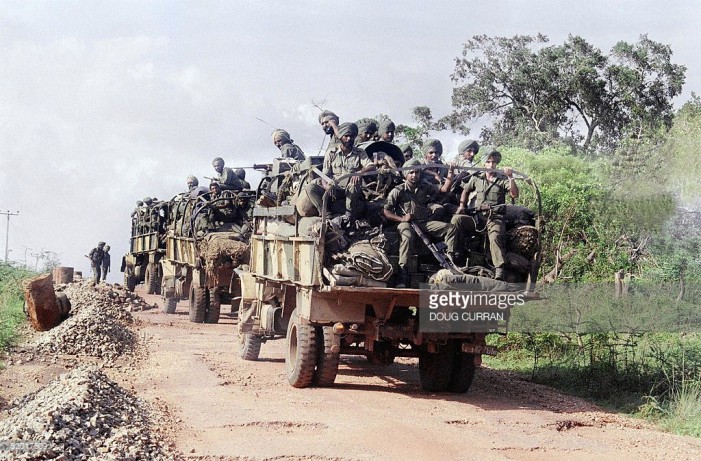
The Indian Peace Keeping Force on tour in Jaffna. It has been contended that the skeletons found at the Duraiappah Stadium mass grave could date back to the late 1980s, a period when the LTTE, IPKF, and the Sri Lankan Army successively occupied Jaffna. mage credit: Getty Images/Doug Curran.
In April 1999, construction workers discovered human remains at the Duraiappah Stadium in Jaffna when they were laying the foundations for new changing rooms. When the site was excavated, a grave containing 25 skeletons, including those of two children, was revealed. One skeleton had its hands tied; another, belonging to a child, had a copper bangle on. Evidence was unequivocal: it was a crime scene.
As news of the discovery spread, the nation also experienced a smarting sense of irony. Named after the Tamil Mayor of Jaffna who was assassinated by the LTTE, the Duraiappah Stadium had for long suffered as a bystander during Eelam War III. When the government reclaimed Jaffna after an exhaustive battle, the stadium was chosen for renovations as a gesture of reconciliation.
The University Teachers’ for Human Rights (UTHR), in a special report it composed on disappearances and accountability, stated that the skeletons date back to the late 1980s. The claim makes assigning blame problematic. In that time, Jaffna passed hands from the LTTE to the Indian Peace Keeping Force to the Sri Lankan Army, with considerable periods of overlap in between.
Mannar Mass Grave
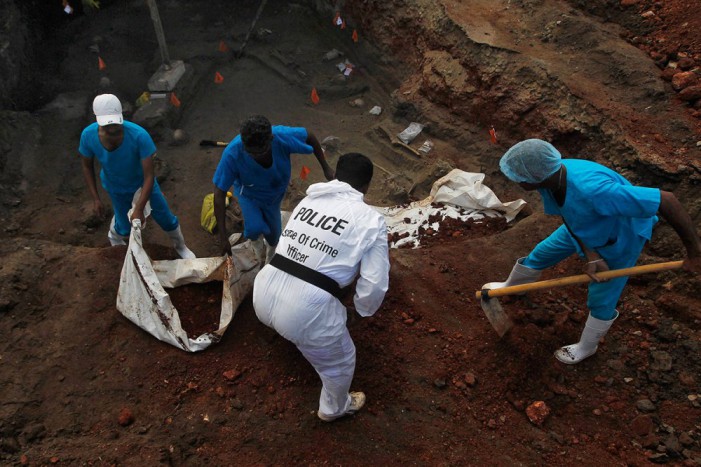
The mass grave at Mannar being excavated. Image credit: Reuters
In December 2013, workers laying a water pipe on a road in Mannar, near the Thiruketheeswaram temple, discovered three human skeletons. Investigations uncovered a grave approximately 37 square metres in area and five metres deep, containing 80 skeletons. The Judicial Medical Officer in charge, Dhananjaya Waidyarathna stated that the top layer of the skeletons was already damaged by backhoes that were carrying out the construction work. He further remarked on the absence of clothes at the burial site, suggesting that the bodies were not disposed of as a part of conventional funerals. The discovery was followed by both the government and the LTTE blaming each other for the atrocity. On one end, the government maintained that the mass grave was dug at a time the LTTE controlled the area; equally indignant, pro-LTTE media counter-claimed that the skeletons found at the grave belonged to those who disappeared under the occupation of the army.
All speculation was turned on its head when in April 2014, the Director General of the Archaeological Department, Senarath Dissanayake, submitted his report concluding the grave to be an ordinary burial site, dating back to the 1930s. However, in 2015, yet another mass grave was discovered not far from the original one in Thiruketheeswaram. With the regime change of that year, the Criminal Investigations Department was ordered to conduct fresh investigations into both graves.
Don’t Dig Too Deep
Zealously reciprocated violence, cheapness of death, mass statistics, stumbling investigations, and consternated commissions—there is a pattern here. After surviving two Marxist insurgencies and a thirty-year long war, forgetfulness could be Sri Lanka’s coping mechanism. However, self-deception has its price. If we continue to build on buried secrets, perhaps we should learn not to dig too deep.
Featured image credit: AP
